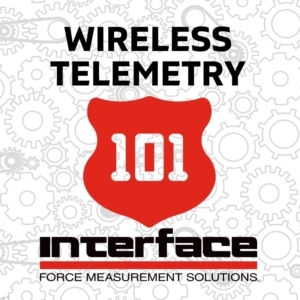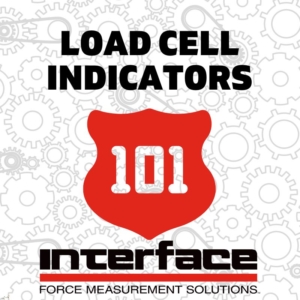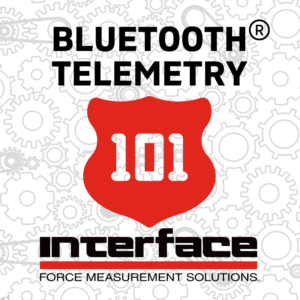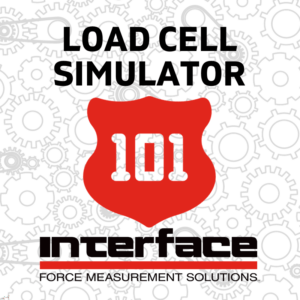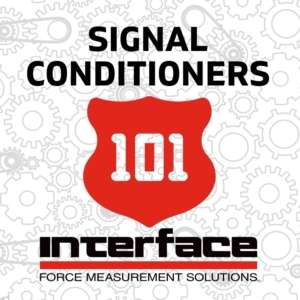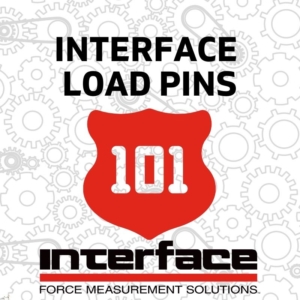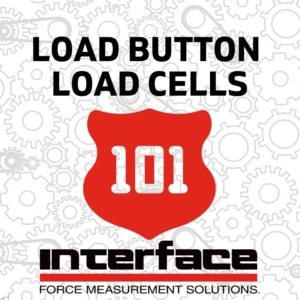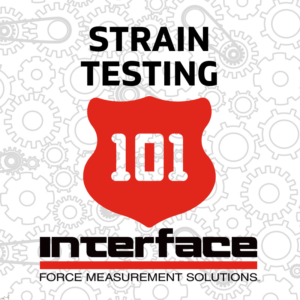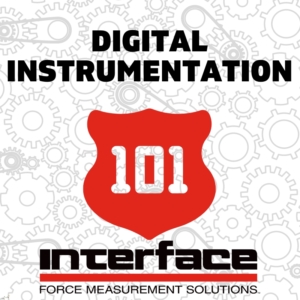
IQ Blog
Digital Instrumentation 101
Interface offers several types of digital instrumentation devices that transform load cell and strain bridge input into digital data output in numerous protocols and bus formats. Learn about digital instrumentation used in test measurement and why engineers prefer digital.
